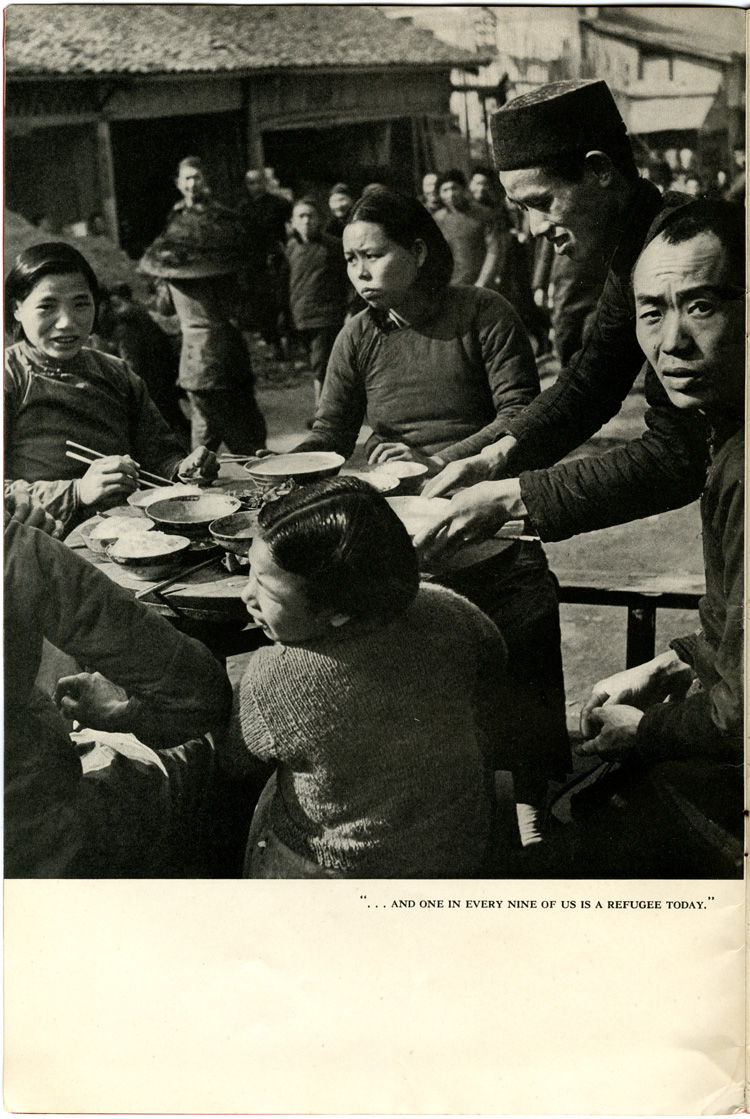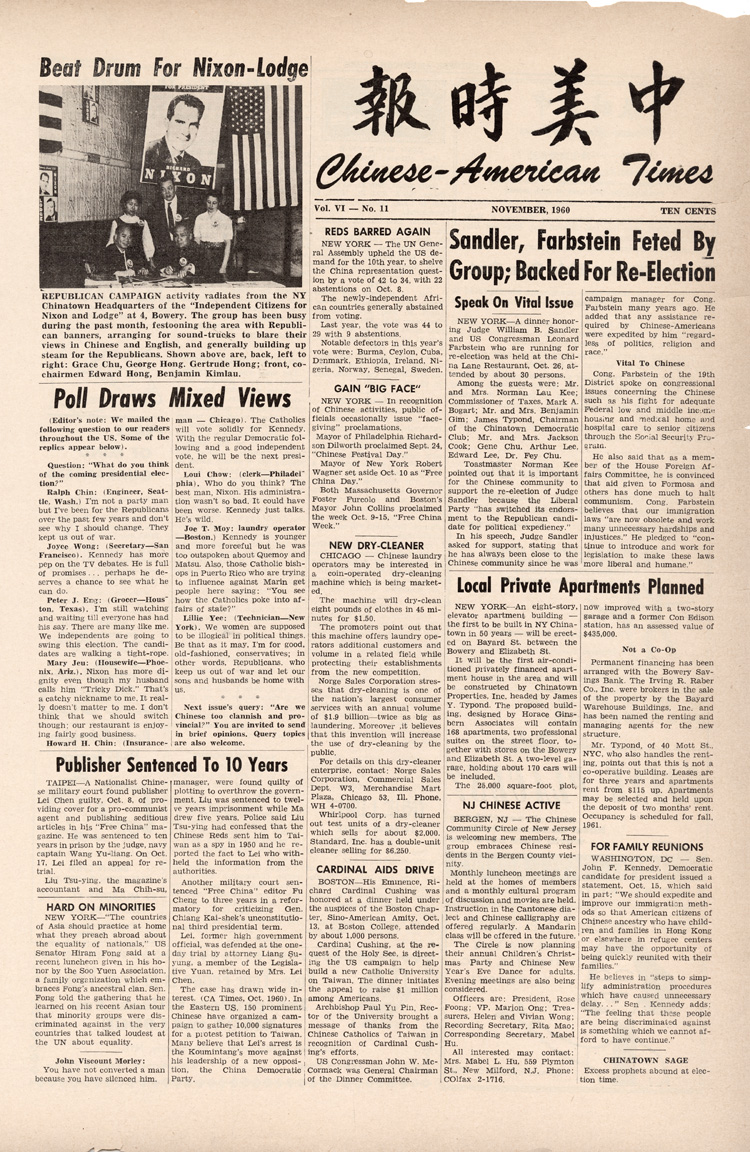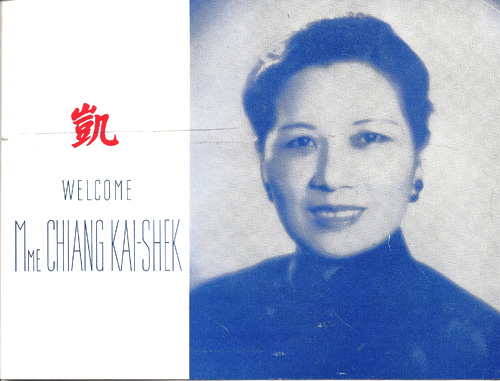In 1937, a dispute broke out between Japanese and Chinese troops near Peking, China. This dispute escalated into a military conflict and marked the beginning of the second-Sino Japanese War. The war destroyed and displaced many Chinese citizens. Most of the displaced had nowhere to go or no way of supporting themselves. As a result, several organizations popped up in the United States led by Americans sympathetic to the plight of the Chinese. In the 1940s, seven of these organizations joined forces to establish the United China Relief. The organization send aid workers to China and aimed to raise $5,000,000 to help the Chinese affected by the war. Almost half of the funds would go directly to medical aid while the rest would be divided into quality of life improvements like training new leaders and taking care of war orphaned children.
The United China Relief even put out a short booklet titled “What Li Wen Saw.” It follows the narrator Li Wen as he recounts the plight of the Chinese people that he witnessed with his own eyes. The booklet ends with a call for help and an explanation of the organization.


